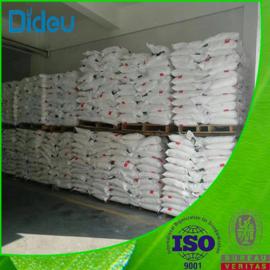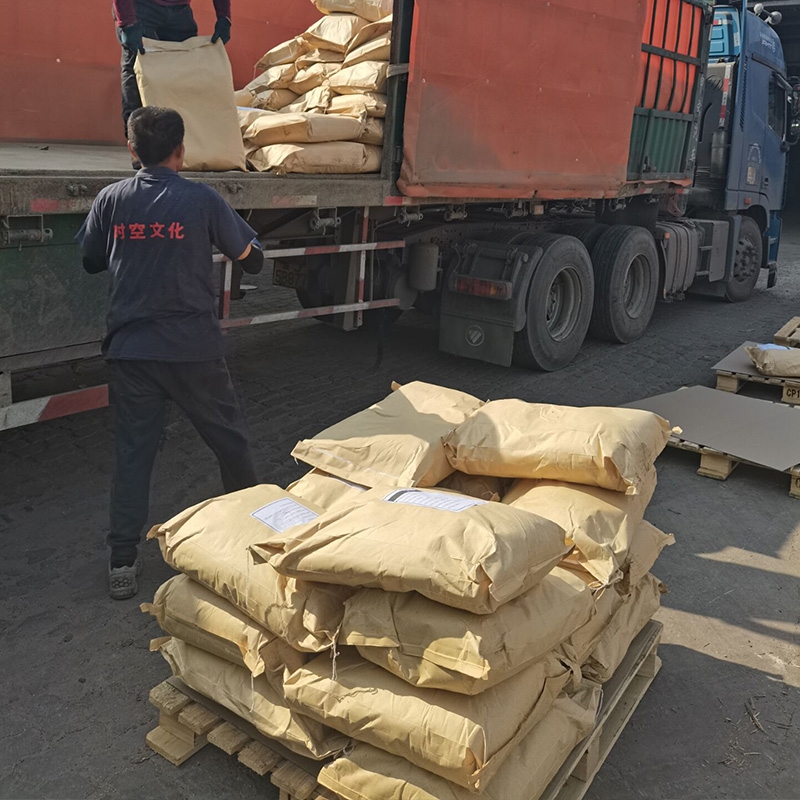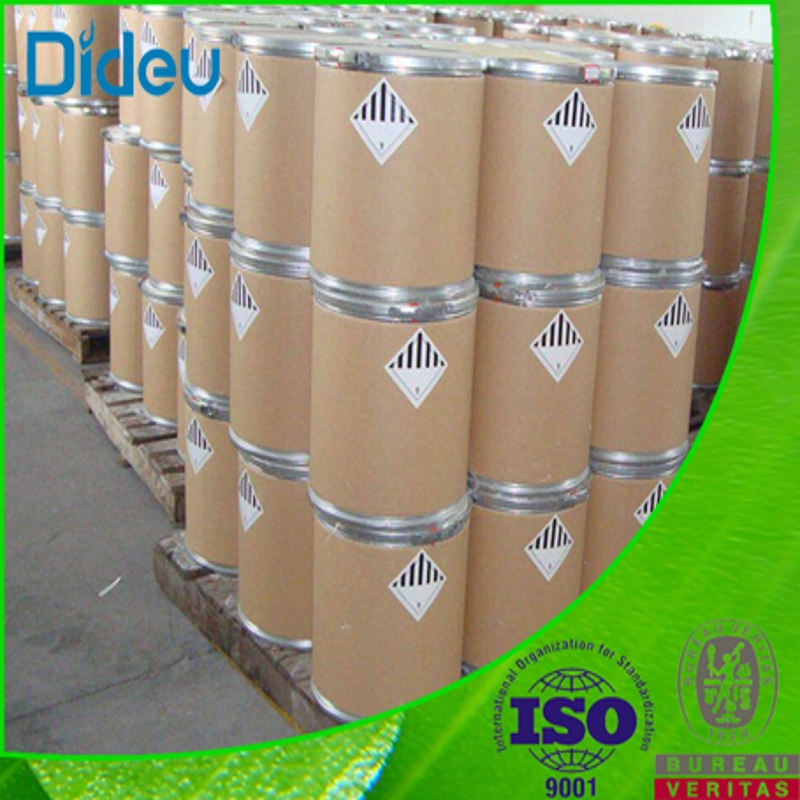-
Categories
-
Pharmaceutical Intermediates
-
Active Pharmaceutical Ingredients
-
Food Additives
- Industrial Coatings
- Agrochemicals
- Dyes and Pigments
- Surfactant
- Flavors and Fragrances
- Chemical Reagents
- Catalyst and Auxiliary
- Natural Products
- Inorganic Chemistry
-
Organic Chemistry
-
Biochemical Engineering
- Analytical Chemistry
-
Cosmetic Ingredient
- Water Treatment Chemical
-
Pharmaceutical Intermediates
Promotion
ECHEMI Mall
Wholesale
Weekly Price
Exhibition
News
-
Trade Service
*Only for medical professionals to read and reference to explore effective biomarkers and give appropriate treatment plans for different urothelial cancer patients
.
In recent years, the treatment of urothelial carcinoma (UC) has progressed rapidly, and certain breakthroughs have been made in immunotherapy, antibody-conjugated drugs (ADC), and targeted therapy drugs, which have greatly improved the survival and prognosis of patients
.
However, screening the benefit population is still the focus of UC treatment, and finding effective biomarkers is crucial
.
This article takes stock of the advances in biomarkers in the UC field in 2021 for readers
.
UC immunotherapy-related biomarkers ctDNA, memory CD8(+) T cells, TP53 nonsense mutation, etc.
are related to the prognosis of immune checkpoint inhibitor (ICI) treatment IMvigor010 is a global multi-center, open-label, randomized phase III clinical trial , to evaluate the role of atezolizumab in adjuvant therapy for muscle-invasive urothelial carcinoma (MIUC)
.
Recently, Nature published the results of exploratory biomarker analysis of circulating tumor DNA (ctDNA)-minimum residual disease (MRD) predictive ability in the IMvigor010 study[1]
.
The results show that individualized ctDNA analysis can not only identify MRD with high accuracy, but also predict the treatment outcome of immunotherapy
.
Postoperative ctDNA-MRD-positive patients were more likely to benefit from adjuvant immunotherapy
.
Furthermore, a systematic review and meta-analysis [2] showed that high levels of memory CD8(+) T cells were associated with better progression-free survival (PFS, HR 0.
64) and overall survival (OS) in cancer patients receiving immunotherapy , HR 0.
37) were significantly correlated
.
And after exclusion of other confounding factors such as chemotherapy, radiotherapy, and targeted therapy, memory CD8(+) T cells still have significant prognostic value in cancer patients given immunotherapy alone
.
Therefore, memory CD8(+) T cells may be a promising predictor for immunotherapy in cancer patients
.
A study presented at the 2021 European Association of Urology (EAU) Congress evaluated the potential predictive value of TP53 nonsense mutations as a biomarker for anti-PD-1/PD-L1 therapy in UC [3]
.
It was found that TP53 nonsense mutation has significant significance in promoting CD8+ T cell infiltration, activating effector T cells and increasing PD-L1 expression by reducing the expression of p53 and miR-34a
.
TP53 nonsense mutation may serve as a predictive biomarker for response to anti-PD-1/PD-L1 therapy in UC
.
Antibiotic Use, CDKN2A Alterations Associated with Poor Outcomes in ICI Treatment Antibiotic exposure, which alters gut microbiota, has been previously established to negatively impact outcomes in patients receiving ICI
.
This was explored again in a population-based study at the 2021 European Society for Medical Oncology (ESMO) Congress [4]
.
Using population-level management data from the Ontario Institute for Clinical Evaluation Sciences, the study enrolled all adult patients with solid tumors who started ICl from June 2012 to October 2018, and collected statement-of-use data within 1 year before starting ICI and 60 Antibiotic exposure during the day
.
The analysis found that many cancer patients were exposed to antibiotics prior to receiving ICI, and that antibiotic exposure, especially fluoroquinolone exposure, prior to initiation of ICI was associated with worse OS, with a dose effect observed
.
Therefore, clinicians may need to implement gut microbiome-altering interventions to help improve outcomes in ICl-treated patients previously exposed to antibiotics
.
In addition, a study at the 2021 American Society of Clinical Oncology Symposium on Genitourinary Cancers (ASCO-GU) [5] showed that CDKN2A alterations were associated with shorter OS and time to treatment failure (TTF) in UC patients, suggesting that CDKN2A Alteration as a predictive biomarker in UC patients receiving ICI
.
AutoAbs signature analysis or predictable safety of ICI therapy ICI therapy can lead to severe immune-related adverse events (irAEs)
.
At ESMO 2021, to explore predictors of irAEs, researchers customized an autoantigen (autoAg) microarray to analyze autoantibodies associated with autoimmune disease in patients receiving ICI [6]
.
In patients with solid tumors who received ICI in clinical trials, plasma was collected at baseline (pre-ICI), 3-4, 6-8, 24 weeks after ICI initiation, and at the end of treatment, and compared using healthy control samples
.
It was found that baseline analysis of autoAb and early changes after ICI could identify patients at high risk for irAEs and differentiate patients at risk for organ-specific toxicity
.
If confirmed, incorporating autoAbs characterization into clinical practice and clinical trials may enable better selection of patients for ICI therapy
.
Molecular typing to explore the survival benefit of neoadjuvant chemotherapy (NAC) before radical cystectomy (RC) in patients with muscle-invasive bladder cancer (MIBC)
.
However, previous studies have shown that molecular typing may affect patient response to therapy
.
Therefore, relevant biomarkers are needed in clinical practice to predict the response of MIBC patients to NAC treatment
.
In a study reported at the 2021 EAU Congress [7], a total of 601 patients with MIBC were included, of which 247 received NAC+RC treatment and 354 received RC treatment only
.
The results showed that the 3-year OS rate of patients with Luminal type not receiving NAC vs receiving NAC was 65% vs 63%, respectively (p=0.
7)
.
The 3-year OS rates for non-Luminal patients who did not receive NAC vs.
NAC were 61% vs 71%, respectively (p=0.
1).
CSS rate improved by 11% (77% vs 66%)
.
The results of this study showed that for MIUC patients, Non-Luminal type benefited more from NAC; Luminal type received or did not receive NAC, and there was no significant difference in prognosis
.
Genotyping helps to screen MIBC patients who may benefit from NAC
.
Bacille Calmette-Guérin (BCG) therapy-related biomarkers to explore BCG is the standard treatment for high-risk non-muscle invasive bladder cancer (NMIBC), however, 40%-60% of patients still have recurrence or disease progression after BCG therapy
.
Predictive biomarkers of response to intravesical BCG perfusion in high-risk NMIBC patients from a study at the 2021 EAU Congress [8]
.
The results showed that urinary IL-10 and blood TNF-α could significantly predict ICR; the changes of IL-10, CTLA4, TFs (GATA3+, T-bet+ and FoxP3+) and GATA3+/T-bet+ ratio after BCG induction could independently predict BCG Further development of the response
.
Another study [9] analyzed the somatic features of response and relapse in BCG intravesical instillation in NMIBC and found that high tumor mutational burden, ARID1A and CCNE1 mutations may be valuable markers for predicting BCG response
.
Clinicopathological Characteristics A study reported by Chinese scholars at the 2021 EAU Congress[10] aimed to analyze the germline mutational pattern of cancer susceptibility genes and in the largest upper tract urothelial carcinoma (UTUC) cohort to date Explore their clinical relevance
.
A total of 309 Chinese UTUC patients were included in the study, and genomic DNA obtained from leukocytes was sequenced using a multigene panel
.
The researchers analyzed 105 genes associated with cancer susceptibility, comparing the frequency of pathogenic/likely pathogenic (P/LP) germline mutations in UTUC patients with Western participants in previous studies
.
It was found that a large proportion of Chinese UTUC patients had inherited P/LP mutations, most of which occurred in the DDR gene
.
These data underscore the importance of germline testing in UTUC patients, which will provide empirical evidence for precision prevention and guide personalized medicine
.
Another study [13] analyzed tumor and matched blood DNA from 118 UC patients from China, including 45 UTUC patients and 73 bladder urothelial carcinoma (UCB) patients
.
The results showed that there were significant differences in the mutation status of UTUC and UCB, such as INRRL1 and RP1L1 mutations only occurred in UCB; KMT2 C, LRP1B, NCOR1, ZFHX4, KDR, NF1, NOTCH1 and FAM135B gene mutation; 82.
22% of UTUC patients have at least one mutation that can be targeted, of which 53.
33% can choose targeted drug therapy; 82.
19% of UCB patients have at least one mutation that can be targeted, of which 54.
79% Patients can use targeted drugs
.
Our findings suggest that UTUC has a distinct genetic profile from bladder cancer, which may have important implications for site-specific management of UC
.
All in all, in order to improve the efficacy and safety of UC treatment, it is very important to find effective biomarkers
.
With the continuous exploration of new biomarkers, it will help more precise and individualized treatment of UC
.
References[1]Powles T, Assaf ZJ, Davarpanah N, et al.
ctDNA guiding adjuvant immunotherapy in urothelial carcinoma.
Nature.
2021;595(7867):432-437.
[2]Prognostic impact of memory CD8(+) T cells on immunotherapy in human cancers: A systematic review and meta-analysis.
2021 ESMO 106P.
[3]Nonsense-mutation in TP53 improves clinical benefits of PD-1/PD-L1 blockade immunotherapy in advanced urothelial carcinoma through up-regulating PD- L1 expression via miR-34a.
2021 EAU P0451.
[4]Impact of antibiotic (ATB) exposure prior to immune checkpoint inhibitor (ICI) treatment on overall survival (OS): A population-based study.
2021 ESMO 1671MO.
[5] CDKN2A alterations as markers of immune checkpoint blockade (ICB) resistance in urothelial carcinoma (UC).
2021 ASCO-GU Abstract475.
[6]Autoimmune panels as predictors of immune-related adverse events (irAEs) in patients (pts) treated with immune checkpoint inhibitors (ALERT) .
2021 ESMO 989P.
[7]Luminal primary muscle-invasive bladder cancer patients are less likely to benefit from platinum-based neoadjuvant chemotherapy.
2021 EAU P0830.
[8]Can we predict of the response of high risk non muscle invasive bladder cancer patients to intravesical bacillus calmette-guerin? The role of immunological markers.
2021 EAU P0769.
[9]Somatic features of response and relapse in non-muscle invasive bladder cancer treated with intravesical Bacillus Calmette–Guérin.
2021 EAU P0445.
[10]The germline mutation landscape of cancer susceptibility genes in Chinese patients with upper tract urothelial carcinoma.
2021 EAU P0771.
[11]Comparison of clinicopathological features in metastatic upper tract urothelial carcinoma and urothelial carcinoma of the bladder.
2021 EAU P0471.
This material is supported by AstraZeneca and is for reference only by medical professionals NS Number: CN-89042 Validity Period: 12/01/ 2022*This article is only used to provide scientific information to medical professionals and does not represent the views of this platform







